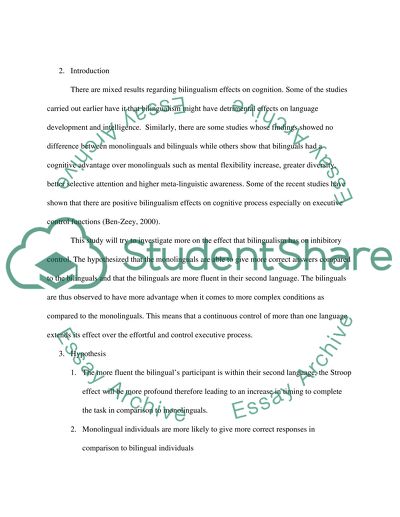Cite this document
(“This is a Research Design and Data Analyses module and the Report Essay”, n.d.)
This is a Research Design and Data Analyses module and the Report Essay. Retrieved from https://studentshare.org/psychology/1475715-this-is-a-research-design-and-data-analyses-module
This is a Research Design and Data Analyses module and the Report Essay. Retrieved from https://studentshare.org/psychology/1475715-this-is-a-research-design-and-data-analyses-module
(This Is a Research Design and Data Analyses Module and the Report Essay)
This Is a Research Design and Data Analyses Module and the Report Essay. https://studentshare.org/psychology/1475715-this-is-a-research-design-and-data-analyses-module.
This Is a Research Design and Data Analyses Module and the Report Essay. https://studentshare.org/psychology/1475715-this-is-a-research-design-and-data-analyses-module.
“This Is a Research Design and Data Analyses Module and the Report Essay”, n.d. https://studentshare.org/psychology/1475715-this-is-a-research-design-and-data-analyses-module.


